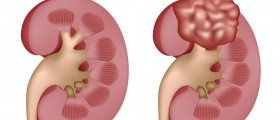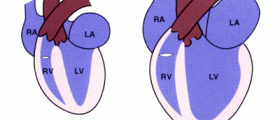
Von Willebrand disease
Von Willebrand disease is the medical term for inherited condition of the excessive bleeding. It is very important to treat it, and a usual treatment includes taking certain medications that stop or prevent bleeding. People who suffer from von Willebrand disease can lead normal life if they receive proper treatment. The main cause of this condition is a fault in the gene that regulates von Willebrand factor. If this factor malfunctions, the cells in the blood cannot stick together or attach to the blood vessel walls when an injury occurs, and thus, the clotting process is prevented and persistent excessive bleeding starts.
Symptoms of von Willebrand disease
In most cases of this disease, the warning sings are either absent or mild. However, when they appear, they can appear alone, or in some combination's. Many times doctors don't notice this disorder because the symptoms were hard to detect. Obviously, the most common sign of von Willebrand disease is excessive bleeding. This abnormal bleeding may appear as long-lasting and recurring nosebleeds or bleeding from the gums. Blood in the urine or in the stool, as well as increased menstruation in women, are also some of the conditions that this excessive bleeding results in. Furthermore, if a person has abnormal bleeding from a cut or after a tooth extraction, for example, it may be the symptom of von Willebrand disease also.
Easy bruising, in addition to bruises with lumps underneath the skin, may also be some of the signs of this disorder. There have been cases when some people discovered that they have a bleeding disorder after surgeries or serious traumas. The most common symptom of von Willebrand disease in women is the excessive and prolonged menstruation. In majority of cases, doctors usually overlook these abnormal and long-lasting menstrual flows to be the symptom of this disease. However, there are some indicators that may help in diagnosing von Willebrand disease according to the excessive menstrual bleedings, such as large blood clots, anemia with tiredness, fatigue and shortness of breath, as well as often changing of menstrual pad or tampon and the menstruation that lasts longer than a week.
Types of von Willebrand disease
Von Willebrand disease can be divided into three major classes: type 1, type 2 and type 3. Type 1 has the mildest symptoms and signs, which become more intense in type 2, while the severe signs belong to type 3 of this disease. It is very important if a person has this disease to have it noted in his/her medical ID bracelet.

















Your thoughts on this
Loading...